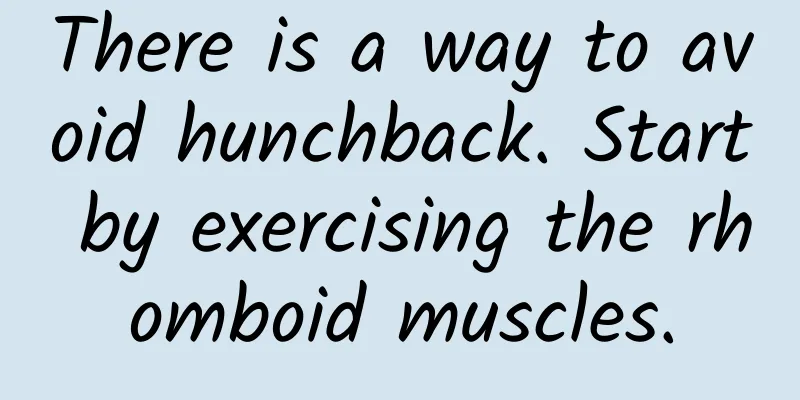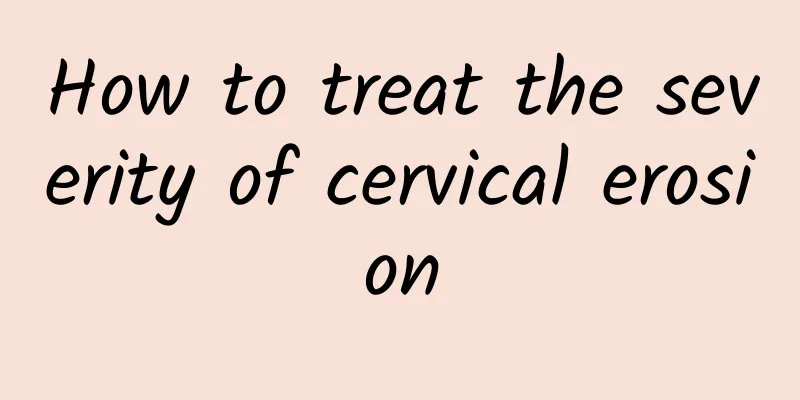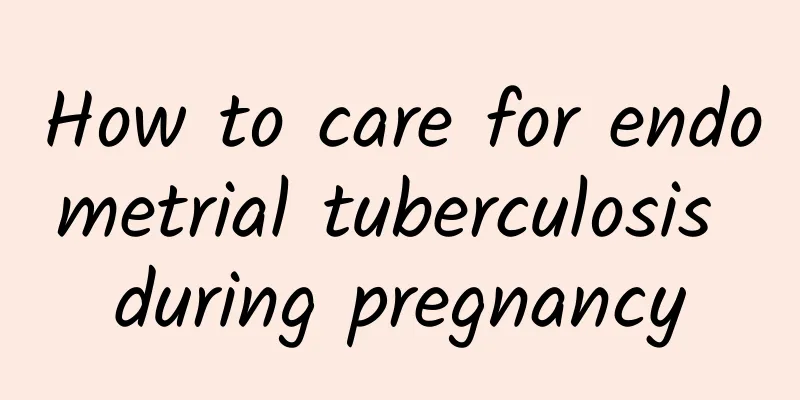There is a way to avoid hunchback. Start by exercising the rhomboid muscles.

|
"Humpback" is the most common bad posture. As mentioned earlier, imbalance of the pectoralis major and back muscles is the main cause of hunchback. If muscles are not used, they will gradually atrophy, and the muscles most susceptible to atrophy are the "erectile muscles." This muscle is mainly responsible for maintaining the body's position and posture and is unlikely to undergo significant contraction and extension. If the muscle length does not change, it will be difficult to promote blood flow and play a pumping role, leading to atrophy. The pectoralis major is a type of standing active muscle, which will easily become stiff if left unattended. The rhomboid muscle located on the back is also an standing active muscle, responsible for pulling the shoulder blade closer to the spine. Because it is prone to degeneration, it is one of the culprits that cause hunchback. If the pectoralis major muscle is not stretched and contracted, it will gradually become hard, causing the back to hunch and the shoulder blades to separate from the spine. Once the pectoralis major becomes hard, the rhomboid muscles, which are prone to degeneration, will stretch and form a hunchback. The limited range of muscle contraction will cause poor blood circulation, inability to transport oxygen and nutrients smoothly, and cause muscles to solidify due to lack of energy. In fact, this is one of the main causes of stiff shoulders. It is even possible that the respiratory organs will be compressed due to the reduction in chest space, affecting the oxygen supply. In addition to reducing the above-mentioned bodily functions, poor posture also gives others a bad impression. When you hunchback, your cervical spine leans forward, forcing your eyes to look downward, causing you to walk with your back bent and your head lowered. Not only does it make people look older, it also exudes a gloomy and pessimistic atmosphere. A woman's hunchback can cause her breasts to move downward due to the retraction of her shoulders and the reduction of chest space. Some people often do push-ups to "enlarge their breasts", but in fact, only exercising the pectoralis major muscles and allowing the rhomboid muscles to continue to degenerate will not achieve the effect of breast enhancement. I believe that after reading this, you already know how bad posture can have an adverse effect on the coordination and various functions of the body. Here we will introduce you to two sets of exercises to prevent and improve hunchback. The "pectoralis major stretching exercise" can restore the flexibility of the stiff pectoralis major muscles. The "rhomboid muscle training exercise" exercises the rhomboid muscles by repeatedly squeezing the shoulder blades to shorten the distance between the shoulder blades and the spine. ★Rhomboid muscle exercise Action 1/Sit with your knees bent and your hands placed back in a comfortable position. Action 2/Pull your shoulders back and squeeze your shoulder blades. This article is from the Ping An series "The Lower Body Determines Your Second Half of Life" |
<<: Taught by fitness trainer himself! OLs must know 4 steps to develop a beautiful buttocks
>>: It’s not difficult to lose weight! 8 low-calorie foods to increase satiety and help lose weight
Recommend
What is Trichomonas vaginitis?
Trichomonas vaginitis is a common gynecological d...
Breathe well to lose weight and burn fat more efficiently
How to breathe correctly? To breathe correctly, f...
What are the symptoms of vulvar leukoplakia? What are the early symptoms?
What are the symptoms of vulvar leukoplakia? Ther...
What are the symptoms of adnexitis?
What are the symptoms of adnexitis? 1. Fever: Aft...
When is the best time for abortion?
Generally speaking, if it is determined that it i...
Long-term irregular menstruation in women can lead to infertility
Irregular menstruation is a common disease among ...
How much does abortion surgery cost?
Abortion refers to the termination of pregnancy b...
Will untreated bacterial vaginosis lead to infertility?
Whether the pregnant woman is healthy directly af...
What is the physiological nature of pelvic effusion? What tests should be done for pelvic effusion?
Speaking of pelvic effusion, I believe that most ...
What causes chronic cervicitis in women? Chronic cervicitis in women is caused by 4 reasons
There are many reasons that can lead to chronic c...
Can I get pregnant with adenomyosis?
It is possible to get pregnant with adenomyosis, ...
What are the treatments for ectopic pregnancy?
What are the treatments for ectopic pregnancy? Wh...
Do you know about the related issues of vaginitis infection?
Vaginitis is one of the common gynecological dise...
What are the causes of ovarian cysts?
Knowing the causes of ovarian cysts plays a posit...
Analyze the causes of ectopic pregnancy
The incidence of ectopic pregnancy is as high as ...









